Join EcuadorianHands and ULEAM in reforesting 12,000 Palo Santo trees to preserve the Manabi dry forest and foster...
Search in blog
Blog categories
Latest posts
-
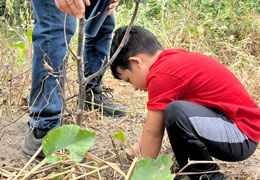 Walking towards the 12000 reforested palo santo treesRead more
Walking towards the 12000 reforested palo santo treesRead more -
 Take advantage of the Power of Palo Santo during your Outdoor excursions06/14/20241623 views 0 LikedRead more
Take advantage of the Power of Palo Santo during your Outdoor excursions06/14/20241623 views 0 LikedRead moreAfter a day full of outdoor activities like hiking or swimming, use Palo Santo essential oil for a relaxing massage.
-
 Minga May 2024: A collective effort for clean beaches and a sustainable future05/31/20242093 views 0 LikedRead more
Minga May 2024: A collective effort for clean beaches and a sustainable future05/31/20242093 views 0 LikedRead moreIn the month of May, like every month, we carried out another enthusiastic #LlévateTuBasura control minga
-
 Is the educational program for beach protection LlévateTuBasura working?05/30/20242558 views 0 LikedRead more
Is the educational program for beach protection LlévateTuBasura working?05/30/20242558 views 0 LikedRead moreThe Beach Protection Educational Program #LlévateTuBasura, led by Ecoplayas as part of the EcuadorianHands...
-
 Celebrate your Rebirth: Palo Santo Rituals for your Birthday05/21/20242190 views 0 LikedRead more
Celebrate your Rebirth: Palo Santo Rituals for your Birthday05/21/20242190 views 0 LikedRead moreIt is an occasion to allow yourself to be the center of attention, receiving the affection and congratulations of...
Photo gallery
-

Is Palo Santo really endangered?
-
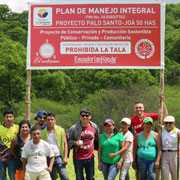
Is Palo Santo really endangered?
-
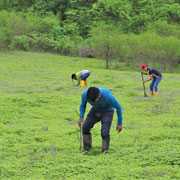
Is Palo Santo really endangered?
-

Investigations concerning the PaloSanto tree.
-
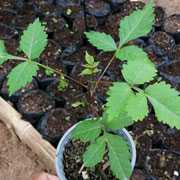
Nursery
-

It's reforestation time! Palo santo
Popular posts
-
 Palo Santo Essential Oil, Bursera Graveolens - Uses and Benefits02/01/2017Posted in: How To?85816 views 6 comments 176 LikedPalo Santo, Ecuador's sacred wood! Originating from our dry forest of Ecuador, this tree belongs to the Burseraceae...Read more
Palo Santo Essential Oil, Bursera Graveolens - Uses and Benefits02/01/2017Posted in: How To?85816 views 6 comments 176 LikedPalo Santo, Ecuador's sacred wood! Originating from our dry forest of Ecuador, this tree belongs to the Burseraceae...Read more -
 Palo Santo: A Natural Way to Cleanse Your House and Promote Well-Being and Positive Energy09/10/201977298 views 1 comment 197 LikedMany people clean and purify their home at least once a month. Many people enter our home, and each person with a...Read more
Palo Santo: A Natural Way to Cleanse Your House and Promote Well-Being and Positive Energy09/10/201977298 views 1 comment 197 LikedMany people clean and purify their home at least once a month. Many people enter our home, and each person with a...Read more -
 From Nature to Art: What is the tagua nut or vegetable ivory?76101 views 5 comments 223 LikedThe Tagua is a unique plant that comes from the tropical and humid mountains of Ecuador, grows wild in forests called...Read more
From Nature to Art: What is the tagua nut or vegetable ivory?76101 views 5 comments 223 LikedThe Tagua is a unique plant that comes from the tropical and humid mountains of Ecuador, grows wild in forests called...Read more -
 True History of Montecristi Hat (Panama Hat)54595 views 9 LikedThe fame and the use of this hat was wrongly and undeservedly extended with the name of “Panama Hat", without...Read more
True History of Montecristi Hat (Panama Hat)54595 views 9 LikedThe fame and the use of this hat was wrongly and undeservedly extended with the name of “Panama Hat", without...Read more -
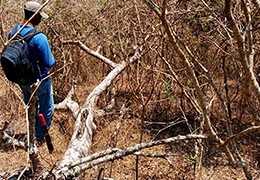 Palo Santo Sustainability: Separating Fact from the fake news. Is Palo Santo really endangered?08/18/201944563 views 7 comments 1014 LikedIn this article we will clear up doubts about the future of this sacred wood of sweet, woody, citrus and a slight...Read more
Palo Santo Sustainability: Separating Fact from the fake news. Is Palo Santo really endangered?08/18/201944563 views 7 comments 1014 LikedIn this article we will clear up doubts about the future of this sacred wood of sweet, woody, citrus and a slight...Read more









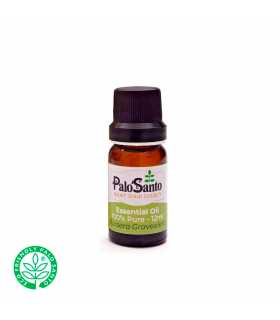


Leave a comment